Samsung Galaxy A7 (2016 edition) display and CPU performance benchmark test results: mid-range to the bone
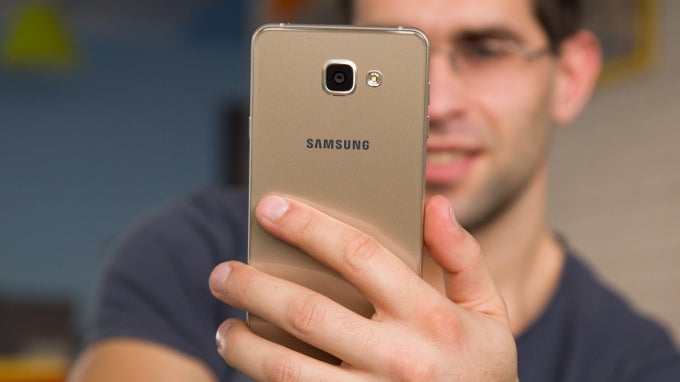
While in daily use, our initial impressions are that the phone performs well (with no major stutters), it is the more demanding tasks that benchmarks measure.
And there, the Galaxy A7 (2016) ranks sub-par.
Benchmarking the Snapdragon 615-power Galaxy A7 (2016)
Our model uses the Snapdragon 615 (MSM 8939) octa-core system chip with four Cortex A53 cores running at up to 1.5GHz and four more, battery-savvy A53s clocked to run at up to 1.2GHz. The chip is made on the 28nm manufacturing node (top-end phones like the Galaxy S6 have their chips made on more power efficient nodes, like the 16nm FinFET). There is 3GB of RAM on board, 16GB of internal storage and a hybrid dual SIM card slot (supporting either two nano SIM slots or a nano SIM and microSD card slot).
Keep in mind that in some markets, the phone is said to ship with the Samsung Exynos 7580 octa-core system chip and performance might differ slightly (but not by much).
CPU performance is below that of even the $200 honor 5X and it falls behind mid-range phones like the OnePlus X and HTC One A9.
In graphics tests, the Galaxy A7 (2016) uses its Adreno 405 GPU. The results are again rather mediocre and if you are playing more intense games, the phone might drop some frames and might not be perfect for gamers.
Galaxy A7 (2016)'s Super AMOLED put to the test
After testing the system chip, it's time to take a look at the quality of the display.
We have a 5.5-inch Super AMOLED display on the Galaxy A7 (2016) with a resolution of 1080 x 1920 pixels. This is sufficiently sharp for everyone, but pixel maniacs and it's hard to notice any pixelization.
All Samsung phones with AMOLED screens have different color modes that you can change from Settings -> Display -> Screen mode. The default Adaptive mode is very saturated and changes depending on the content, then you have AMOLED Cinema and AMOLED Photo that also are traditionally more saturated than the Internet's de facto accepted sRGB color standard.
Put simply, if you want to see colors the way photographs and video creators have tried to capture them, your display has to be calibrated to that sRGB standard. For the Galaxy A7 (2016) the 'Basic' screen mode is closest to that. And it's overall a good looking screen when you use that mode. Brighntess is enough for most occasions (but you might have some trouble reading the screen in direct sunlight) and at night it can drop to just 1 nit, which is easy on the eyes. Typically for AMOLED, blacks are real, pitch black which creates nice contrast to displayed images.
Take a look at our full display measurements for the Galaxy A7 (2016) right below.
Finally, stay tuned for our full Samsung Galaxy A7 (2016) review coming up next week. There, we will give you our final conclusion about the phone and how good it really is.
Follow us on Google News
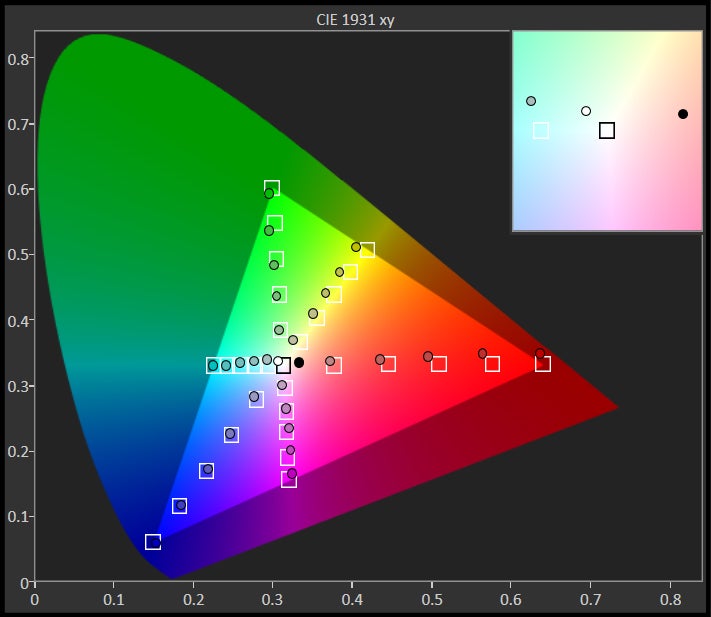




































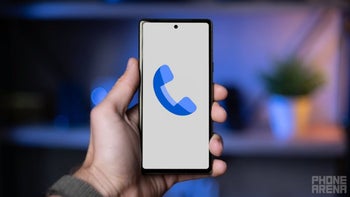
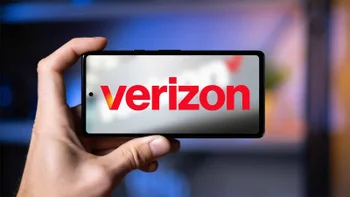

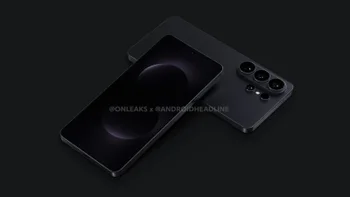
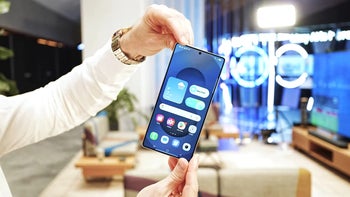
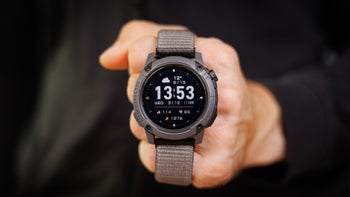

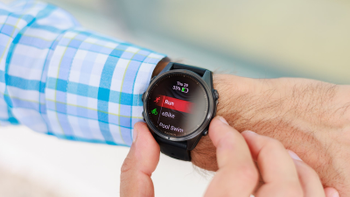
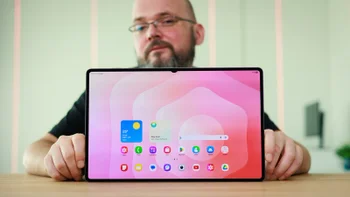
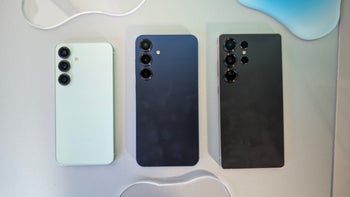

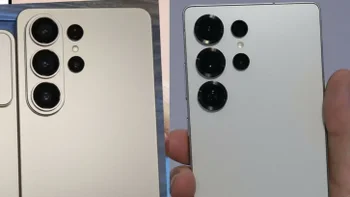
Things that are NOT allowed:
To help keep our community safe and free from spam, we apply temporary limits to newly created accounts: